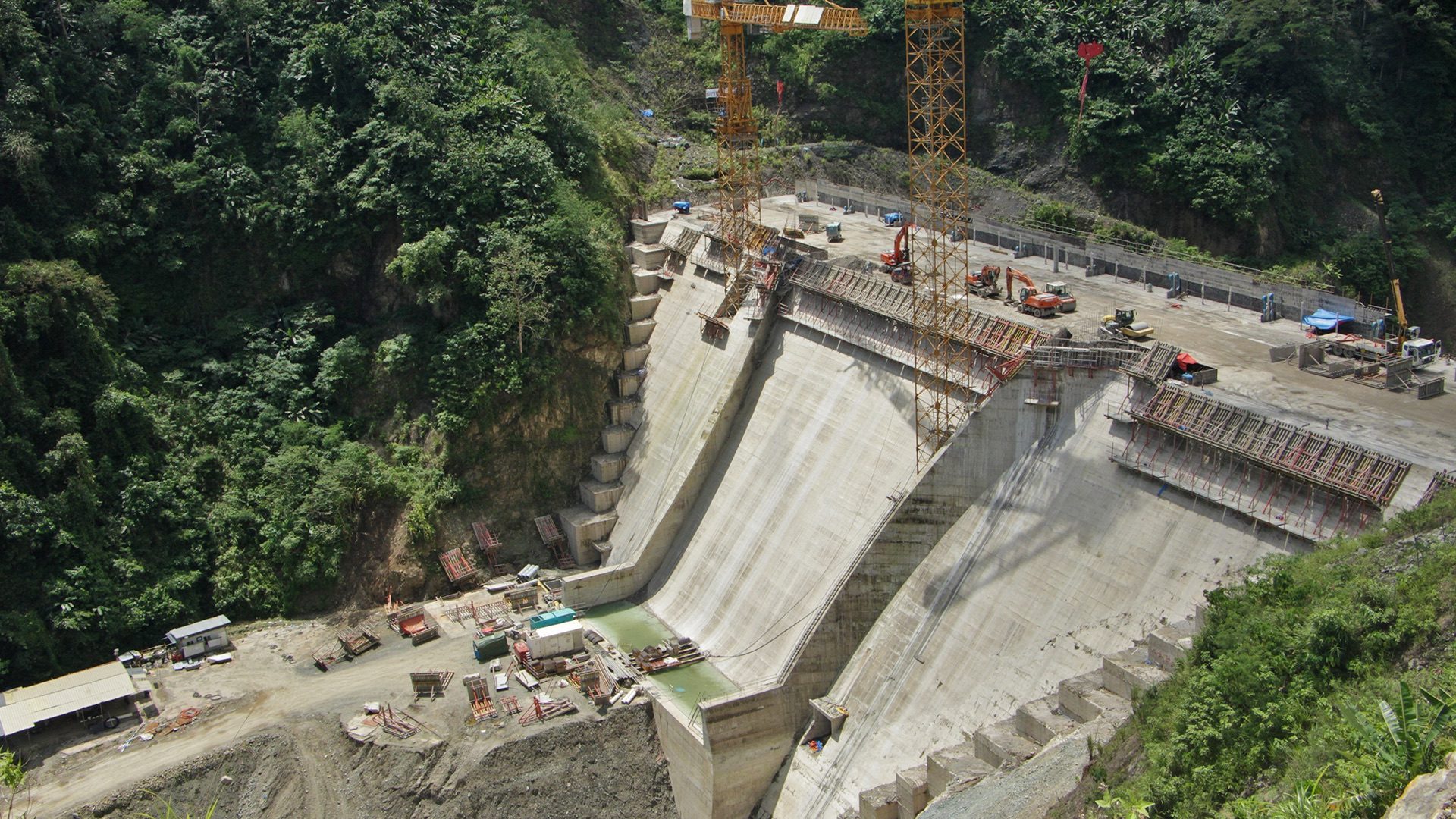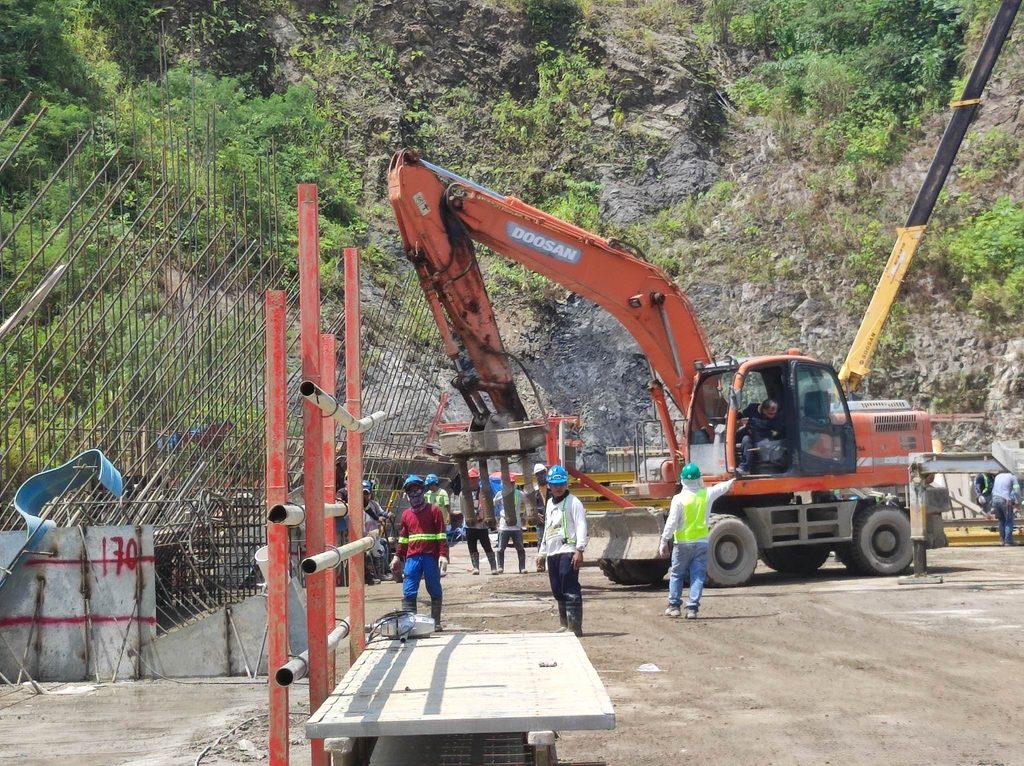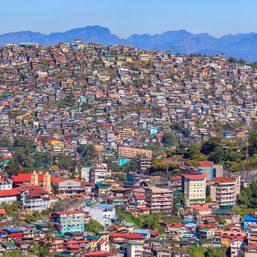SUMMARY
This is AI generated summarization, which may have errors. For context, always refer to the full article.

ILOILO, Philippines – Daewoo Engineering and Construction has sought additional funding of P4 billion to P5 billion to complete the Jalaur River Multi-Purpose Project Stage (JRMP) II in Calinog, Iloilo province.
The start of operations of the largest megadam project outside Luzon will also be pushed back by two years to 2025, the National Irrigation Administration (NIA) in Western Visayas announced on Thursday, May 4 .
NIA information officer Steve Cordero told Rappler in an interview that the projected completion of the dam and irrigation system is September 2024.
Full operation starts in March 2025, he added.
If NEDA approves the additional funding, the total contract price of the project will balloon to more than P15-16 billion from the original P11.2 billion.
Under the original plan, the South Korean government through the Korean Export-Import Bank issued an P8.9-billion loan. The Philippine government will shoulder that the remaining amount.
It is not yet clear where the money for Daewoo’s new funding request will come from.
The original timetable for completion of the project was December 2023, including irrigation dams, flood control systems, and hydropower plants in the 2nd, 3rd, and 4th districts of the province.
The delay prompted Daewoo to ask additional funding, Cordero said. The National Economic and Development Authority (NEDA) is still evaluating the request.
The megadam project broke ground in February 2019. Actual construction started in April of the same year.
What caused the delay?
Cordero blamed the delay on erratic weather pattern: there were more rainy days than projected dry season.
“We are dealing with concrete, the RCC (Roller Compacted Concrete) method to be specific. So we need sunny weather so that the contractor can work continuously,” he pointed out.
The pandemic also derailed some activities. The mobilzation of the contractors, especially experts from Korea, was delayed.
“They were not able to arrive for the foundation treatment,” he explained.
Explaining the cost escalation, Cordero also cited the peso depreciation vs dollar
He said the late start of the project which was overtaken by price increases in materials and labor.
The original construction and completion was during the term of former president Benigno Simeon Aquino III. It was delayed due to some legal issues and the long process of getting consent from the indigenous group of the Panay Bukidnon.
Promise, opposition
In pushing the megadam project, the government dangled the prospect of irrigation flowing to 31,840 hectares of farmland in Iloilo.
It also said the JRMP II could generate 6.6 megawatts of hydroelectric power.
The megadam could double the annual rice production in Iloilo from 140,000 metric tons (MT) to 300,000 MT, and expand the production areas of sugarcane and other crops, the NIA-6 added.
It would also provide 86 million liters daily of bulk water supply for the province and city of Iloilo, generate eco-cultural tourism opportunities, and mitigate flooding in Calinog and nearby towns, officials said.
But the project has its dark underbelly.
The Tumandok community have long campaigned against the construction of the dam because it would affect 18 barangays they consider their ancestral lands.
Human rights defenders in Panay island said the killing of nine Tumandok on December 30, 2020 and the arrest of 16 others were linked to their opposition to the dam project.
But the 40-member council of elders making decisions for the Panay-Bukidnons, expressed support for the Korean-funded project as early as 2014.
Dam structures
The dam construction uses the RCC method. A modern technology, it is used worldwide as an alternative to conventional concrete due to its economic value, high performance, and high speed of construction.
Sheila Antonio, JRMP II Area Implementing Team 1 leader, said the project is already 65.58 percent complete as of March 2023.

The Jalaur High Dam will serve as the impounding dam with an estimated capacity of 250.70-million cubic meters for irrigation and bulk water supply, said Antonio.
Once completed, its structural height will reach 109 meters .
Antonio said the Alibunan River Catch Dam and Jalaur Afterbay Dam, which will provide irrigation water to farmlands and regulate water from the impounding dam to the High Line Canal, are already considered substantially completed.
The 80.736-kilometer High Line Canal, the main conveyance structure of JRMP II, is already 58.75% completed.
On April 27, NEDA officials headed by Sec. Arsenio M. Balisacan visited the project site.
“I am pleased to hear significant developments and I’m really looking forward for the completion of this project. You know one of the President’s priorities, this administration’s priority, is food security and raising production. Raising agricultural productivity is key to achieving our transformation in the agricultural sector and also the key to production efforts,” said Balisacan. – Rappler.com
Add a comment
How does this make you feel?

















There are no comments yet. Add your comment to start the conversation.